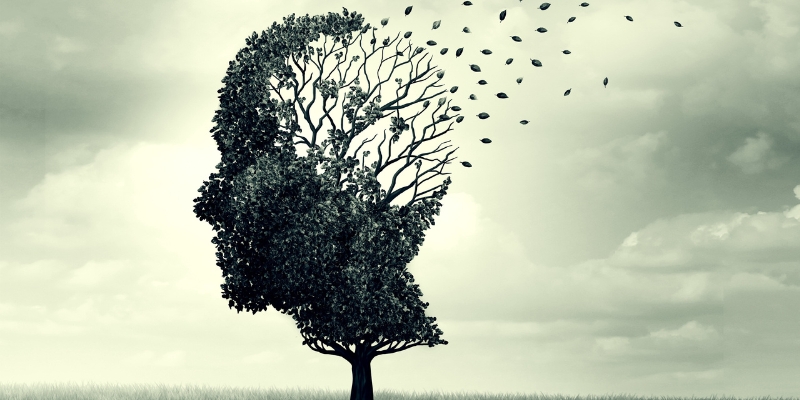The origins of the modern-day Spanish nation do not predate the existence of empire. In 1492 the Genovese adventurer Christopher Columbus set sail under the flags of the Catholic Monarchs – Queen Isabella I of Castile and King Ferdinand II of Aragon – whose dynastic union and reconquest of Muslim territories laid the foundations for a unified country that, between 1580 and 1668, incorporated Portugal. Madrid became the unexpected capital of a nascent nation state. In his magisterial biography of London, Peter Ackroyd noted that, by the end of the first century it was England’s administrative, political and economic centre. By contrast, Madrid was neither the biggest economy nor the most important market in Castile when Columbus set sail. The Spanish court was itinerant between 1492 and 1561. Ignoring his father’s preference for Lisbon or Toledo as Spain’s permanent capital, the young Philip II settled the court in Madrid for reasons largely unknown.
Since Spain’s so-called Golden Age of the sixteenth and seventeenth centuries, the country has been subject to a double ignominy: the spectre of empire combined with the absence of any lasting significant loot in cultural, political or economic terms. The loss of Spain’s final American colonies in 1898 punctured national self-esteem, resulting in an obsession with how and why the former imperial powerhouse had been reduced to the status of poor relation in Europe. The overarching thesis of Luke Stegemann’s book appears to be that, if Spain became a scapegoat for Europe’s imperial sins, a specific black legend engulfed Madrid, whose parvenu status exacerbated the scorn and resentment often directed against capital cities. The trope of Madrid as parasitic was established in the seventeenth century and, closer to the present, “Viewed as ground zero for Spanish nationalist arrogance, it additionally faces the charge of being the nation’s home of political and social conservatism”.
This had much to do with the city becoming a metonym for the centralist Franco dictatorship. For Stegemann, who discovered Madrid in the late 1980s, the Spanish capital presents “a magnificent story waiting to be told”. He envisages the task in personal and political terms: “This biography is not only an expression of love; it is also an act of recovery”. The time is ripe for challenging the neglect and disregard to which the city has been subject(ed): in recent years it has overtaken Barcelona for cultural capital, business investment and tourism.
English- and Spanish-language copies of Madrid already have pride of place in the gift shops of the city’s often world-class museums. It’s an obvious port of call for visitors keen to learn more about, say, the history of the city’s patron saint, Isidro, or the naming of the Malasaña district in honour of a young woman who embodied popular resistance to French occupation (Napoleon “underestimated the people of Spain. And he seriously underestimated the people of Madrid”). I’m not altogether convinced that Goya was the “last great painter before the invention of photography”, but I was intrigued to learn that the first daguerreotype of Madrid, created in 1839, was a scratched and blurry image of the Royal Palace. It was also news to me that the Paseo del Prado constituted the first tree-lined boulevard in Europe.
Passion for his subject does not blind the author to Madrid’s limitations. Becoming a capital was disastrous for the city’s medieval architecture (which is far better maintained in depopulated Castilian towns such as Medina del Campo). The central Puerta del Sol – where Spain’s New Year’s Eve celebrations are televised to the nation – is cited as a quintessential example of how “Madrid was, is and seemingly forever will be under construction”. The best-documented and most compelling chapter demystifies the “Arcadian light over that period in which Spain was the centre of the global fight against fascism”. Many foreign reporters lived as dilettantes in Madrid, taking the tram to the front line by the Central University before retreating in the evening to sip cocktails in hotel bars. Meanwhile, locals lived in fear not only of aerial bombardments – later repeated in Guernica – but also of being branded fifth columnists by concierges turned spies. War was (too) often a pretext to settle old scores.
Minor slips are inevitable in a book that covers so much ground. Given that he is known only to have written one full-length play, the reference to the satirical poet Francisco de Quevedo as “a giant of the Spanish stage” is odd. A plaque outside the Casa Labra may claim that it was where the Spanish Socialist Workers’ Party was formed, but Stegemann is wrong to cite this as historical fact. (The tavern was able to claim the honour in the late 1970s as other plausible candidates had closed down.) References to Philip II as “the original Man in Black” or to the Golden Age poet Luis de Góngora as “a proto-Dostoyevsky” give the impression that the author is aping the works of the journalists turned realist novelists who constitute a sizeable chunk of the bibliography. This stylistic ambition is scuppered by a gross dereliction of editorial care bv Yale University Press. Jarring descriptions such as that of Franco’s death (“The ogre – loved, admired, feared, loathed – having become frail, withered and papery with time, was extinguished”) abound; barely a page is devoid of syntactical or grammatical errors.
Madrid, an undeniably great city, deserves a great biography on a par with Ackroyd’s study of London. For the time being we have one that is good in parts.
Duncan Wheeler is the Chair of Spanish Studies and Director of International Activities at the University of Leeds. His books include Following Franco: Spanish culture and politics in transition, 2020
The post Better than Barcelona? appeared first on TLS.

 By Times Literary Supplement | Created at 2024-11-20 16:49:31 | Updated at 2024-11-21 14:41:04
22 hours ago
By Times Literary Supplement | Created at 2024-11-20 16:49:31 | Updated at 2024-11-21 14:41:04
22 hours ago








